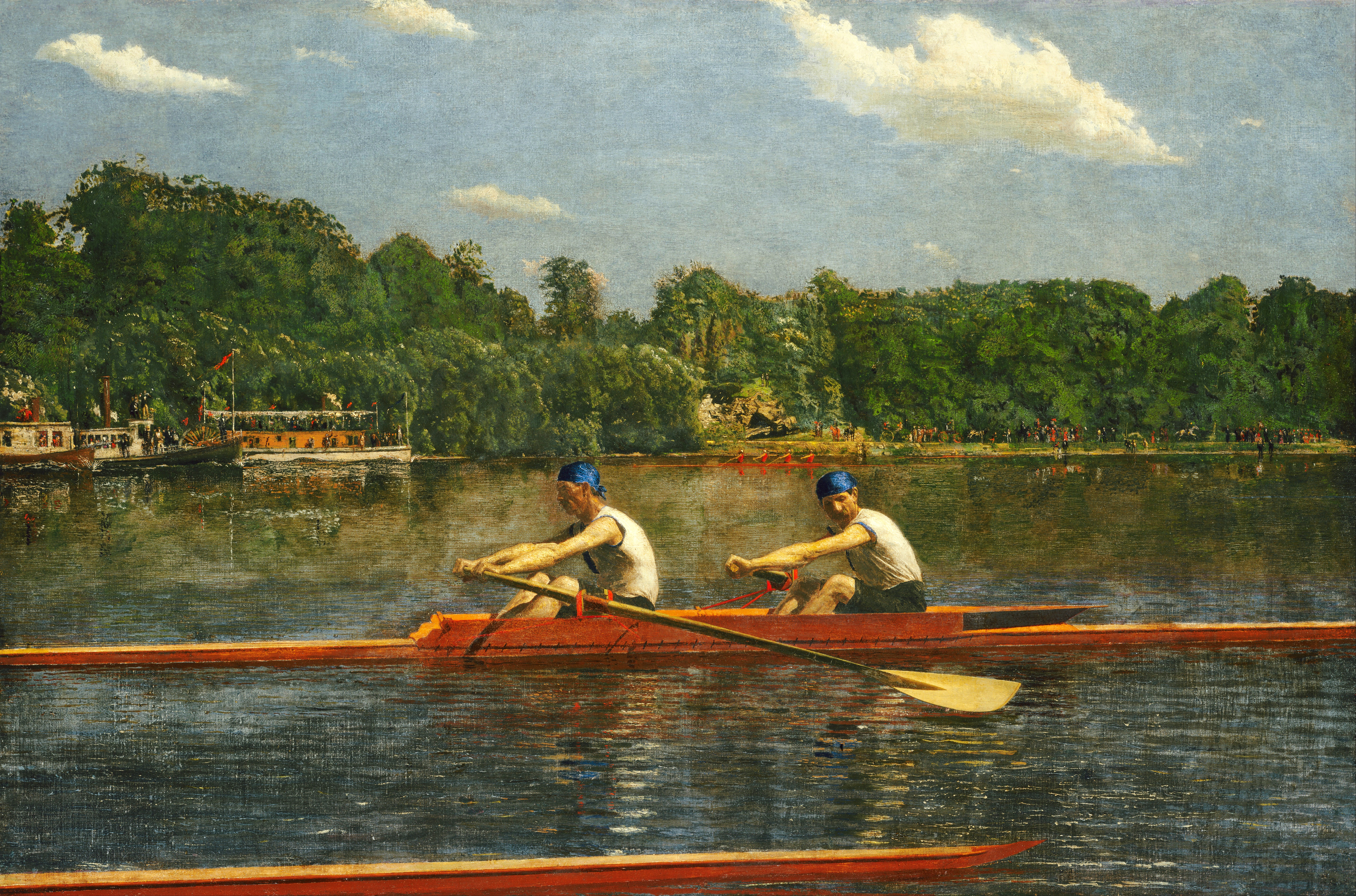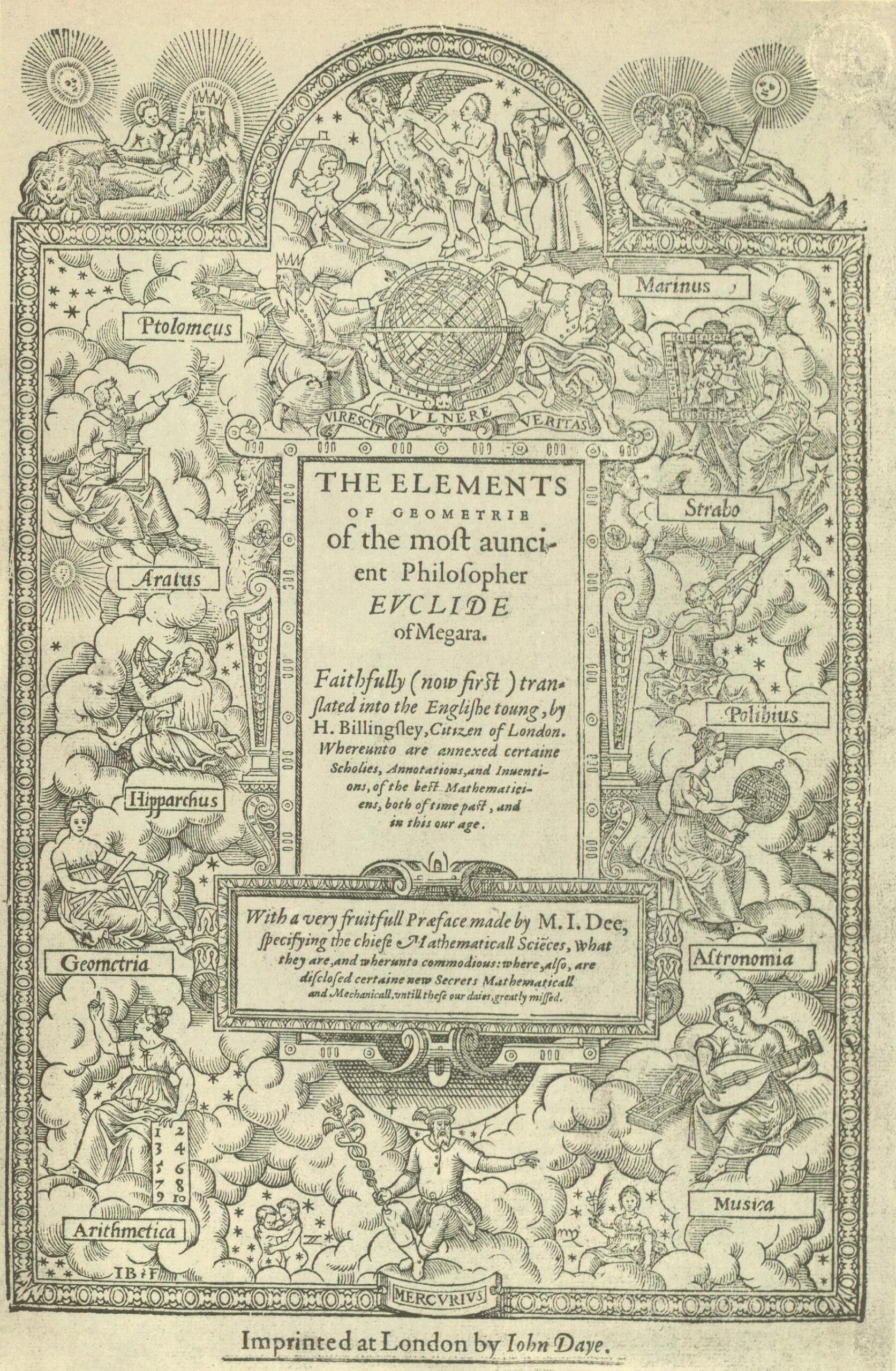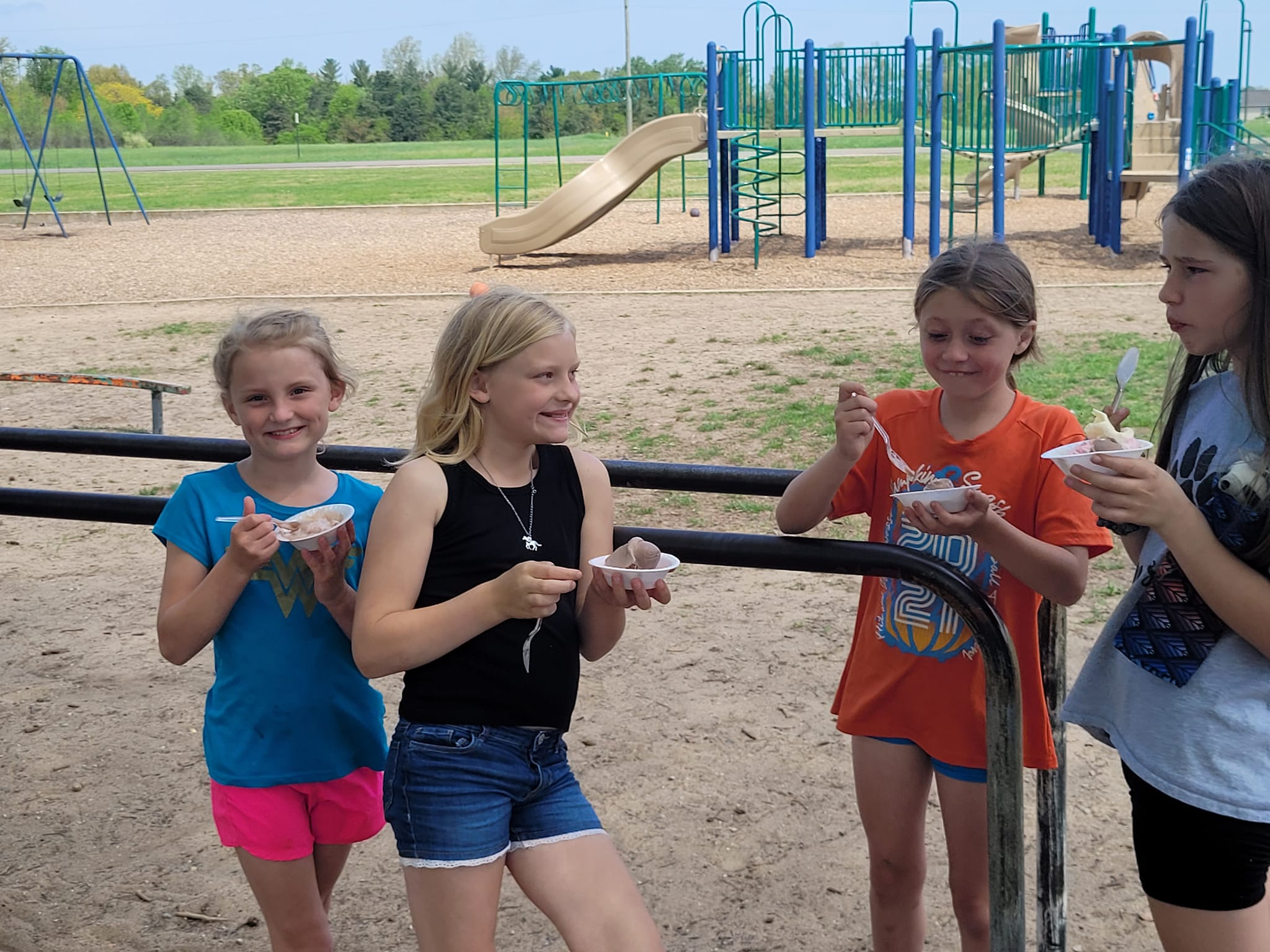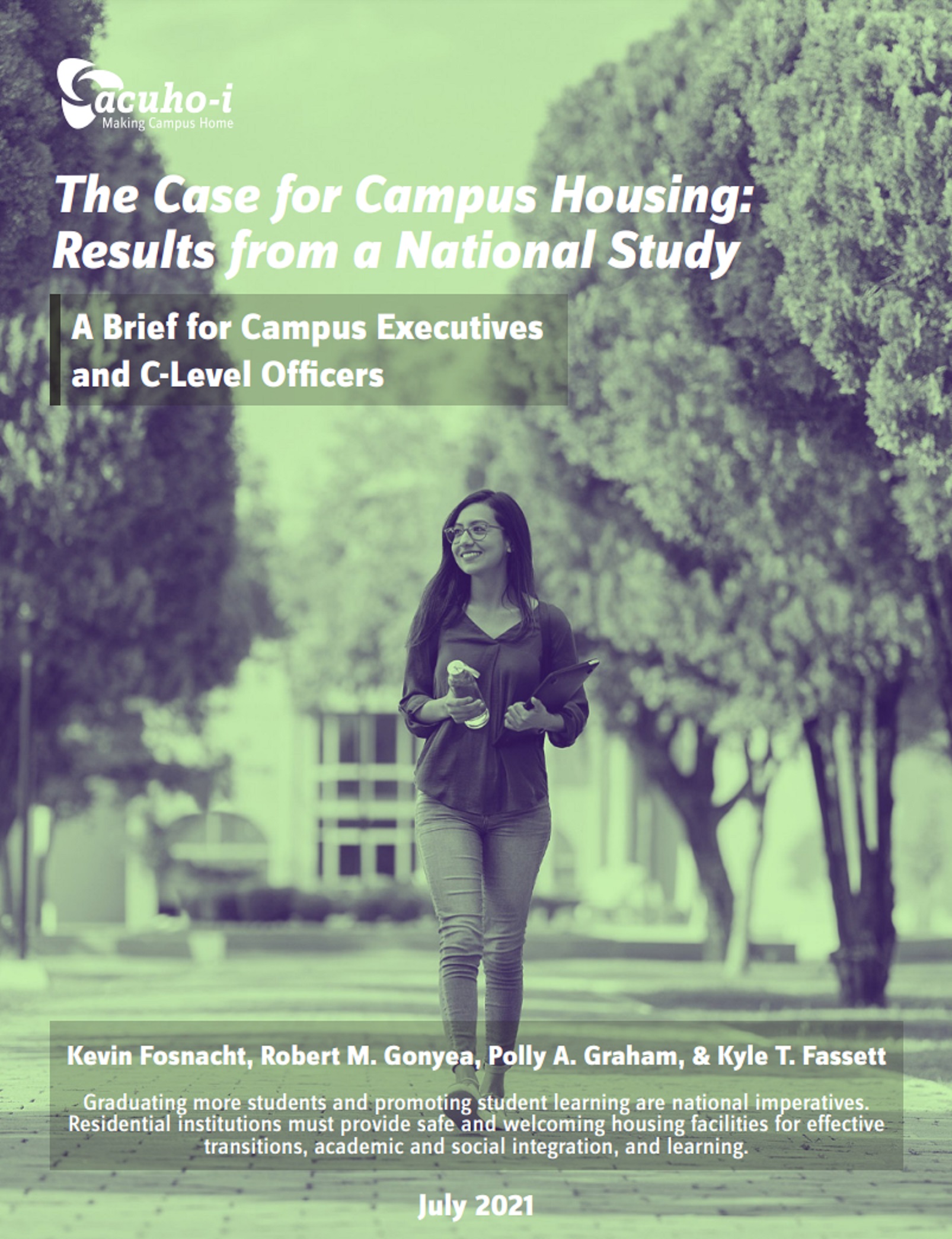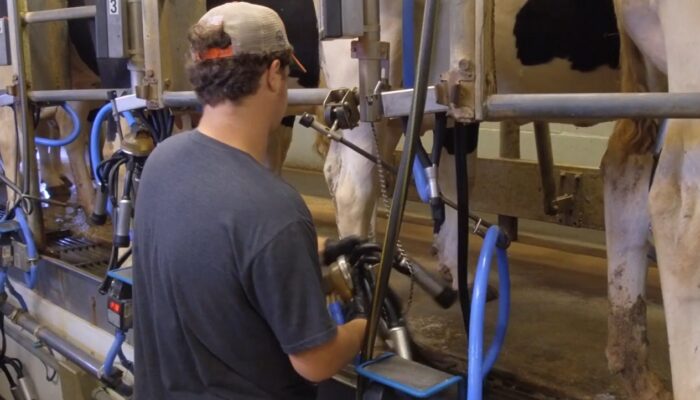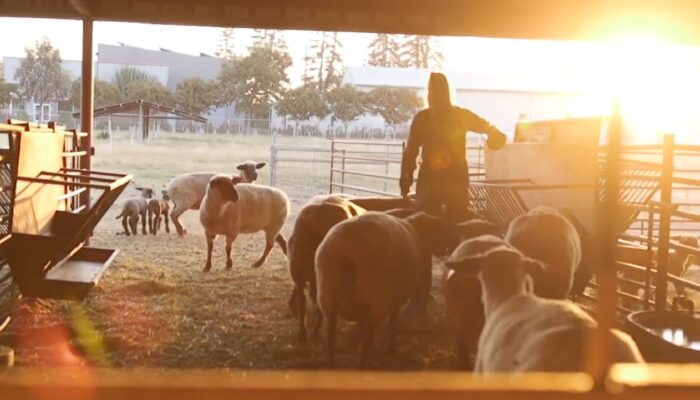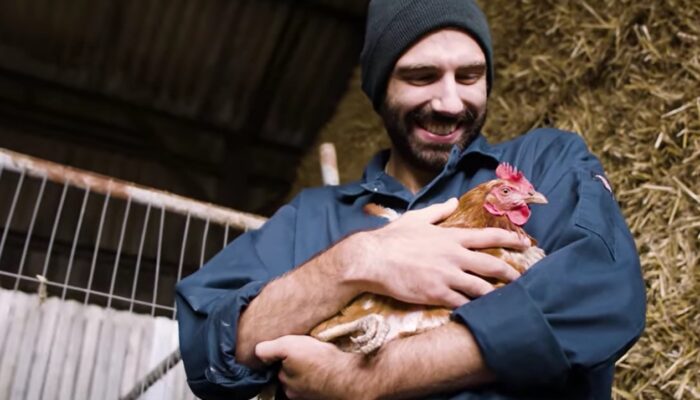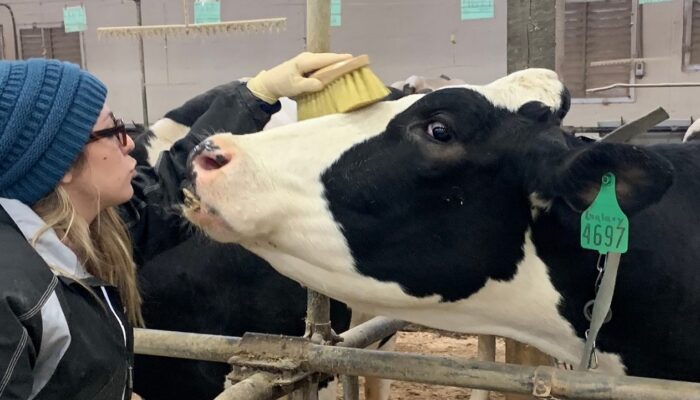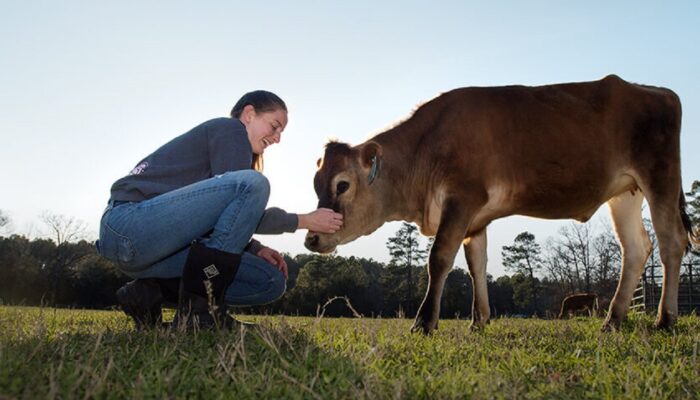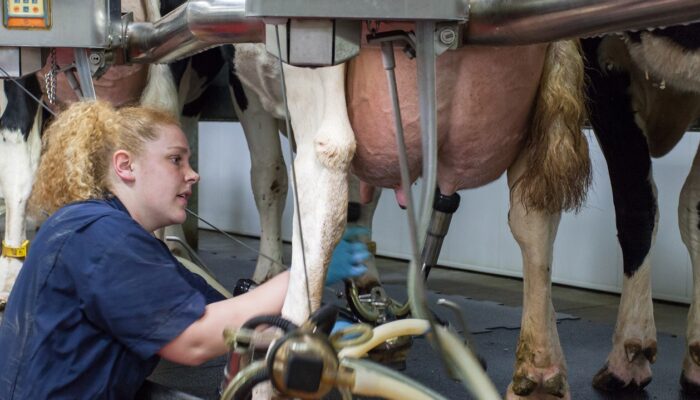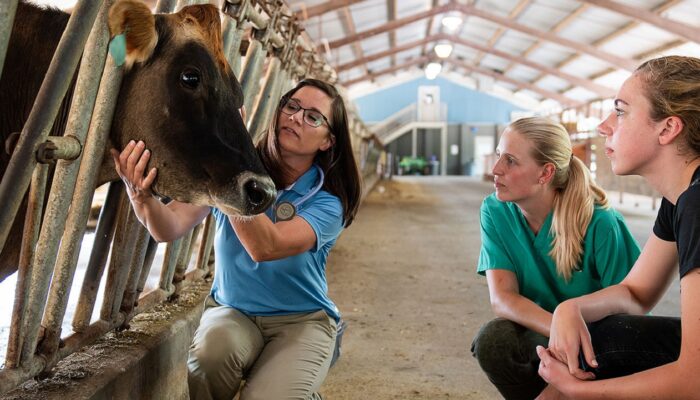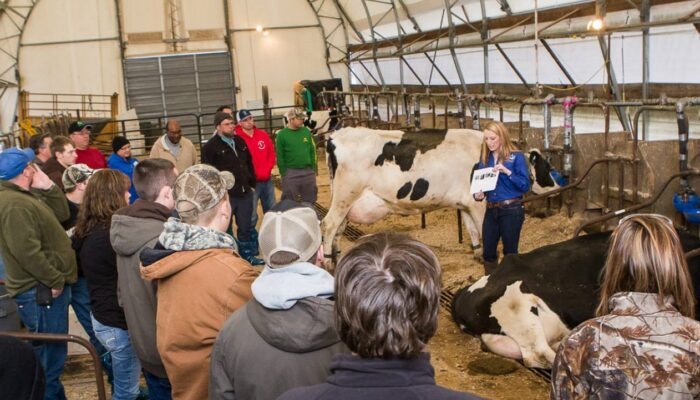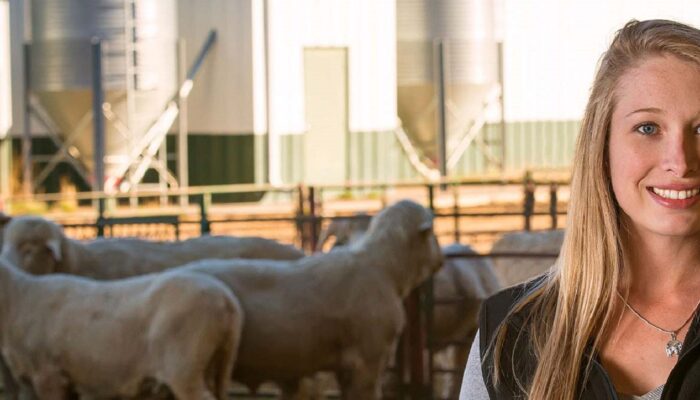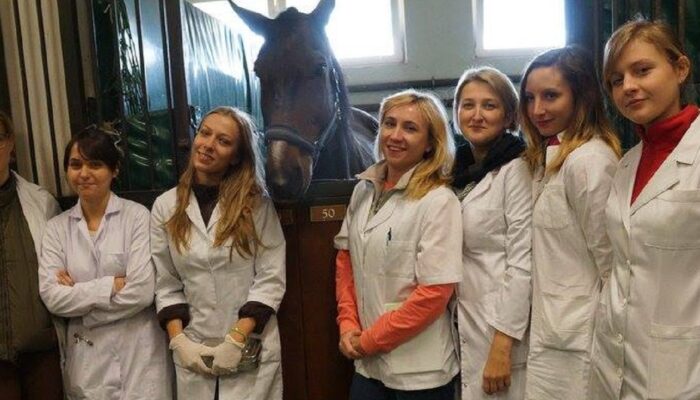Rowing at the 2024 Summer Olympics
Rowing competition in the 2024 Olympics inspires a revisit of NFPA 303: Fire Protection Standard for Marinas and Boatyards. Apart from athletic competition, many colleges, universities and trade schools with academic programs are responsible for safety of facilities located on fresh and saltwater shorelines. Other nations refer to best practice discovered and applied in the United States. Keep in mind that, unlike other nations, the standard of care for electrical safety in the United States is driven primarily by the fire safety community. This happens because public safety leadership falls upon the local Fire Marshall who has a budget that is widely understand and generally supported.
From the NFPA 303 scope statement:
This standard applies to the construction and operation of marinas, boatyards, yacht clubs, boat condominiums, docking facilities associated with residential condominiums, multiple-docking facilities at multiple-family residences, and all associated piers, docks, and floats.
This standard also applies to support facilities and structures used for construction, repair, storage, hauling and launching, or fueling of vessels if fire on a pier would pose an immediate threat to these facilities, or if a fire at a referenced facility would pose an immediate threat to a docking facility.
This standard applies to marinas and facilities servicing small recreational and commercial craft, yachts, and other craft of not more than 300 gross tons.
This standard is not intended to apply to a private, noncommercial docking facility constructed or occupied for the use of the owners or residents of the associated single-family dwelling.
No requirement in this standard is to be construed as reducing applicable building, fire, and electrical codes.
The standard of care for facilities owned by educational institutions is not appreciably different from the standard of care for any other Owner except some consideration should be given to the age and training of most of the occupants — students, of course — who are a generally transient population. Some research projects undertaken on university-owned facilities are also subject to the local adaptions of NFPA 303. The current version of NFPA 303 is linked below:
The 2021 Edition is the current edition and the next edition will be the 2025 revision. Click on the link below to read what new ideas were running through the current edition; mostly electrical that are intended to correlate with National Electrical Code Article 555 and recent electrical safety research*:
Landing Page for the 2028 Edition
NFPA 303 Public Input Report for the 2021 Edition
Public input closing date for the 2025 Edition is June 1, 2023.
You may submit comment directly to NFPA on this and/or any other NFPA consensus product by CLICKING HERE. You will need to set up a (free) account. NFPA 303 document is also on the standing agenda of our 4 times monthly collaboration with the IEEE Education & Healthcare Facilities Committee. See our CALENDAR for the next online colloquium; open to everyone.
Issue: [16-133]
Category: Electrical, #SmartCampus, Facility Asset Management
Colleagues: Mike Anthony, Jim Harvey
LEARN MORE:
NFPA 70 National Electrical Code (Article 555)
Examining the Risk of Electric Shock Drowning (ESD) As a Function of Water Conductivity



